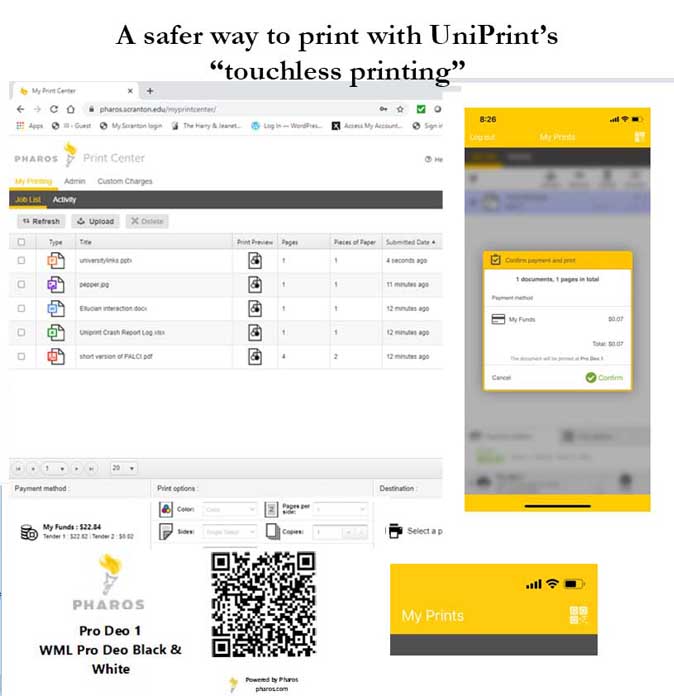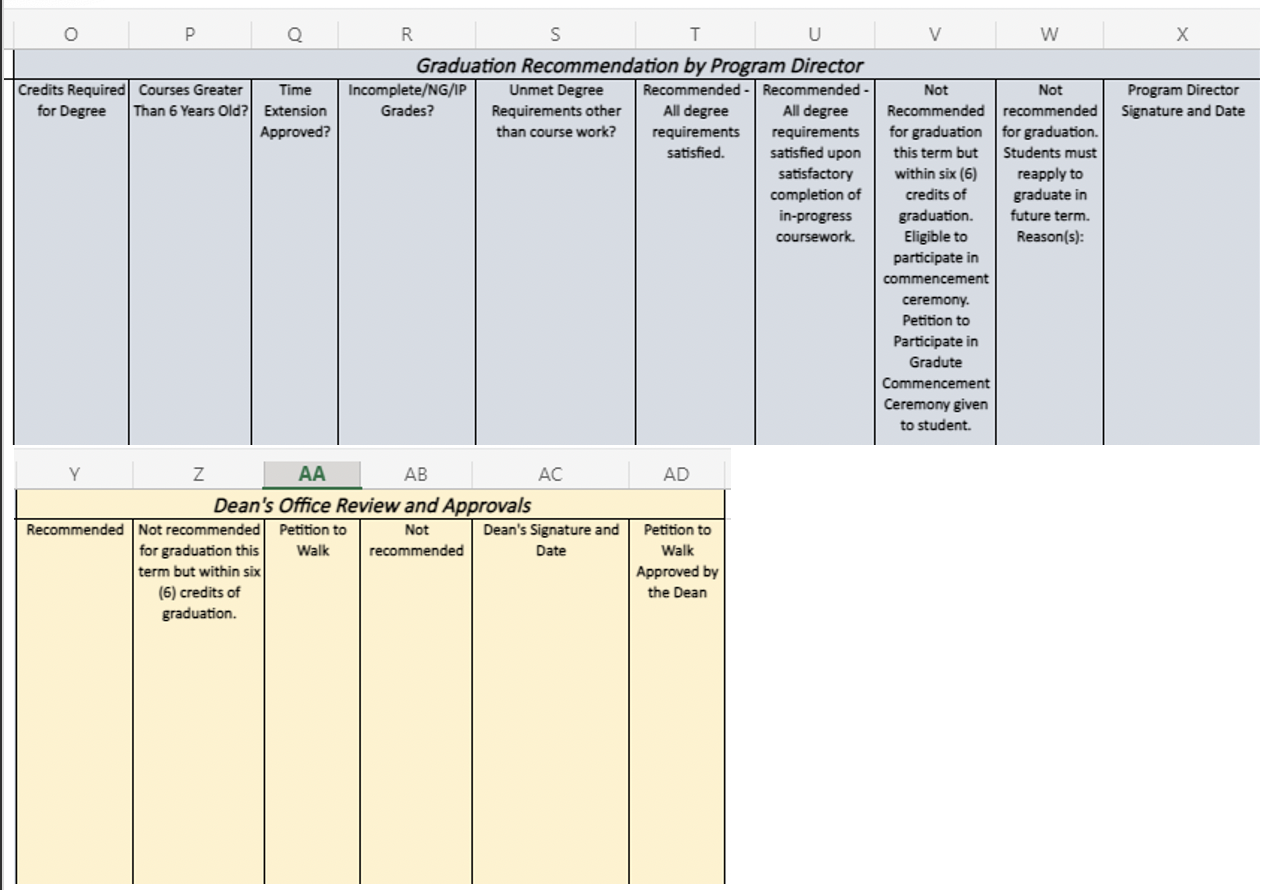 The return to campus in Fall 2020 posed new challenges for students, staff and faculty alike. The need for students to quarantine and isolate created not only logistical tasks for the Division of Student Life, but also student absence reporting responsibilities in the Division of Academic Affairs.
The return to campus in Fall 2020 posed new challenges for students, staff and faculty alike. The need for students to quarantine and isolate created not only logistical tasks for the Division of Student Life, but also student absence reporting responsibilities in the Division of Academic Affairs.
With little time to plan a thorough absence notification process, Student Health and the Dean’s Offices collaborated this past Fall by sharing lists of students on quarantine/isolation three times a week. From these lists, the staff of the Dean’s Office manually looked up each student’s schedule and then wrote an email to each faculty member informing him/her/they of the student’s attendance status. The process was labor-intensive and time-consuming. End-of-term feedback from faculty indicated that the processing delay and the varying senders and content made it difficult to understand each student’s individual status.
In January, staff from Student Health, Student Life, Information Technology, and the Provost’s Office met to reimagine the absence notification process. Some goals of the new process, they agreed, were to 1. centralize the data so that it was accurate and timely, 2. improve the speed of the notification process, 3. utilize consistent notification text, and 4. designate one point of contact for the process.
As a result of their intradepartmental collaboration, the process was finalized just in time for the start of the Spring 2021 term. In sum, student data from Medicat, the software used by contract tracers to ascertain quarantine/isolation time periods, is deposited daily in a SharePoint site. An algorithm designed by IT de-duplicates the student records, leaving only new student records for processing. These student records are combined and merged into a new template with the output of the Argos report “GEN STUDENT SECTION” to collect schedule information for the new students in quarantine/isolation. This new data set is then automatically mail merged in Microsoft Outlook to send individual faculty notification emails from a new email account named “absencenotification@scranton.edu” that was created for the process. All told, the mostly automated process takes roughly 15 minutes a day, as compared to the hours dedicated to the tasks in the fall term.
Dr. Sufyan Mohammed, Professor, Department of Communication and Media, describes how this new process has helped him track students in quarantine/isolation: “I am very pleased with the new faculty notification process that informs faculty about students that are in quarantine or isolation. I receive the notifications faster than I did last semester and it is a great way of keeping track of students that may need some extra assistance. The timely notification also gives me time to plan any makeup exams or projects the students may have missed. I also teach students from all three colleges and I am glad the process is consistent across the University. Thank you for setting up such an efficient system in such a short time.”
Article by Julie Ferguson, Registrar, Office of the Registrar and Academic Services and Nicholas Truncale ’06, G’07, Director of Student Retention


